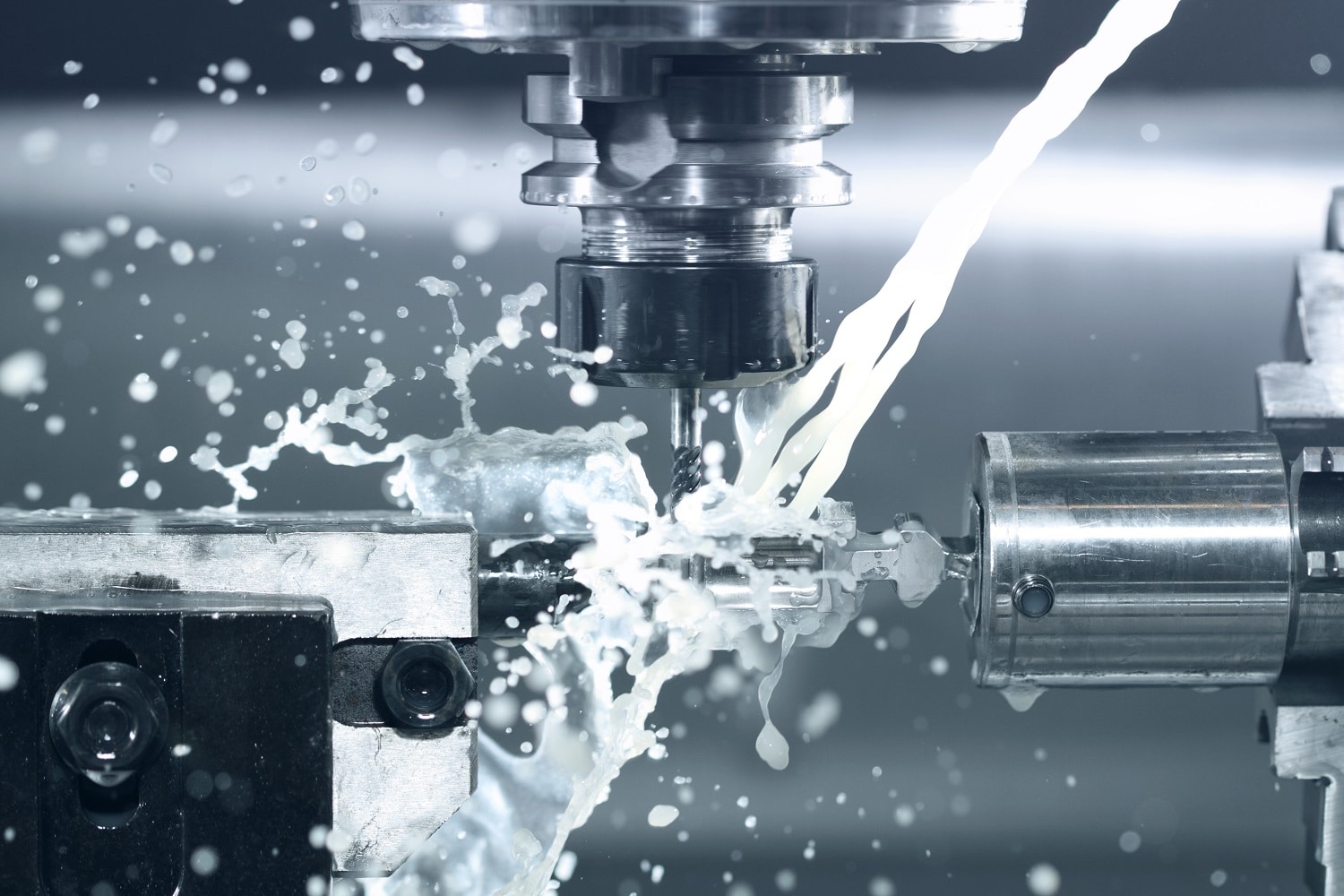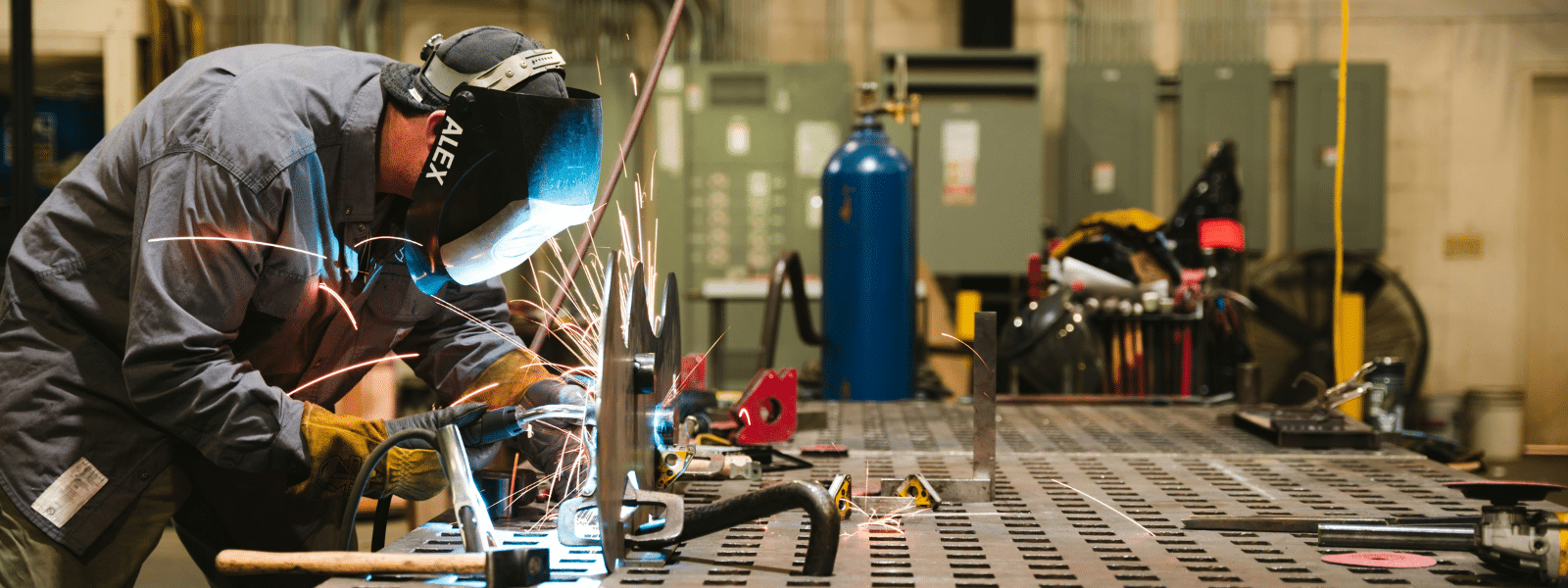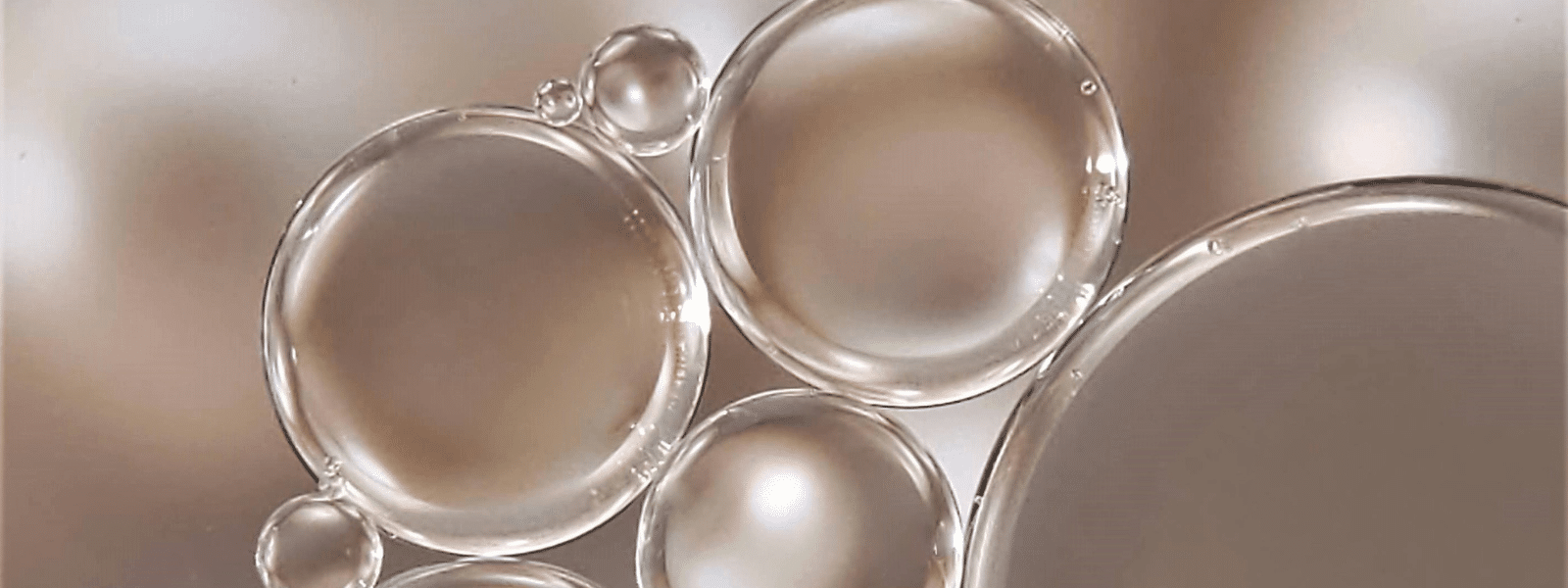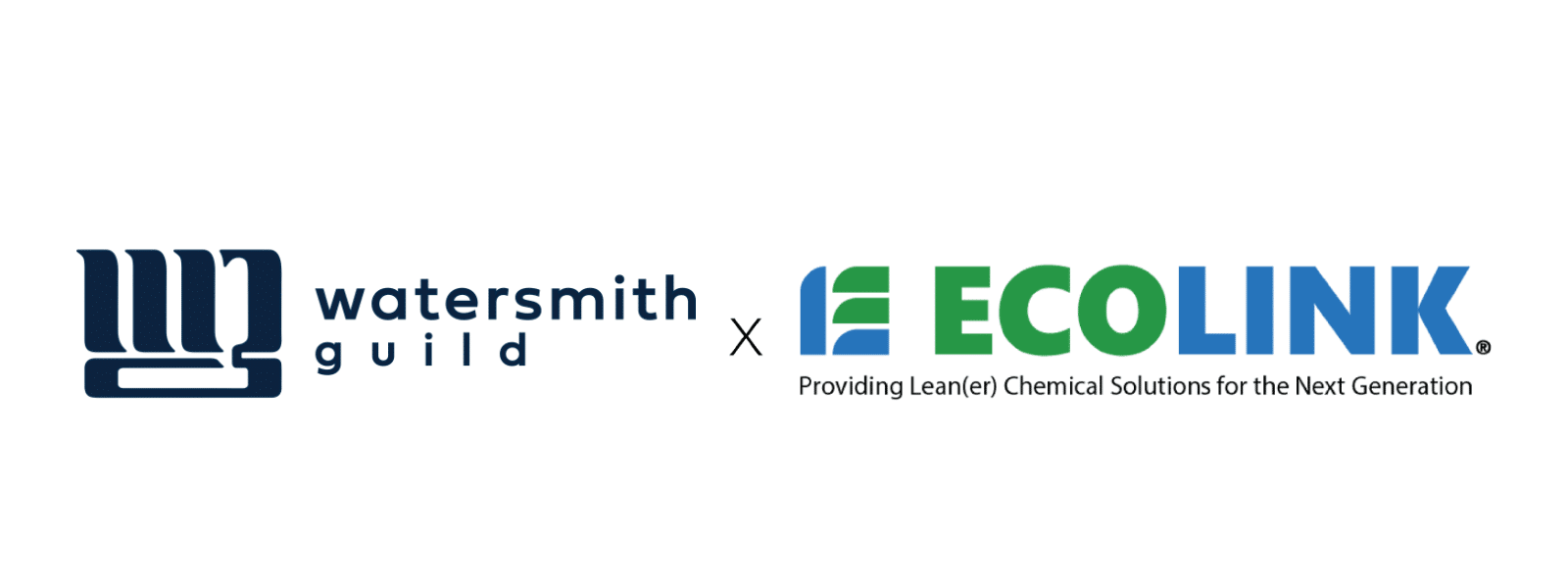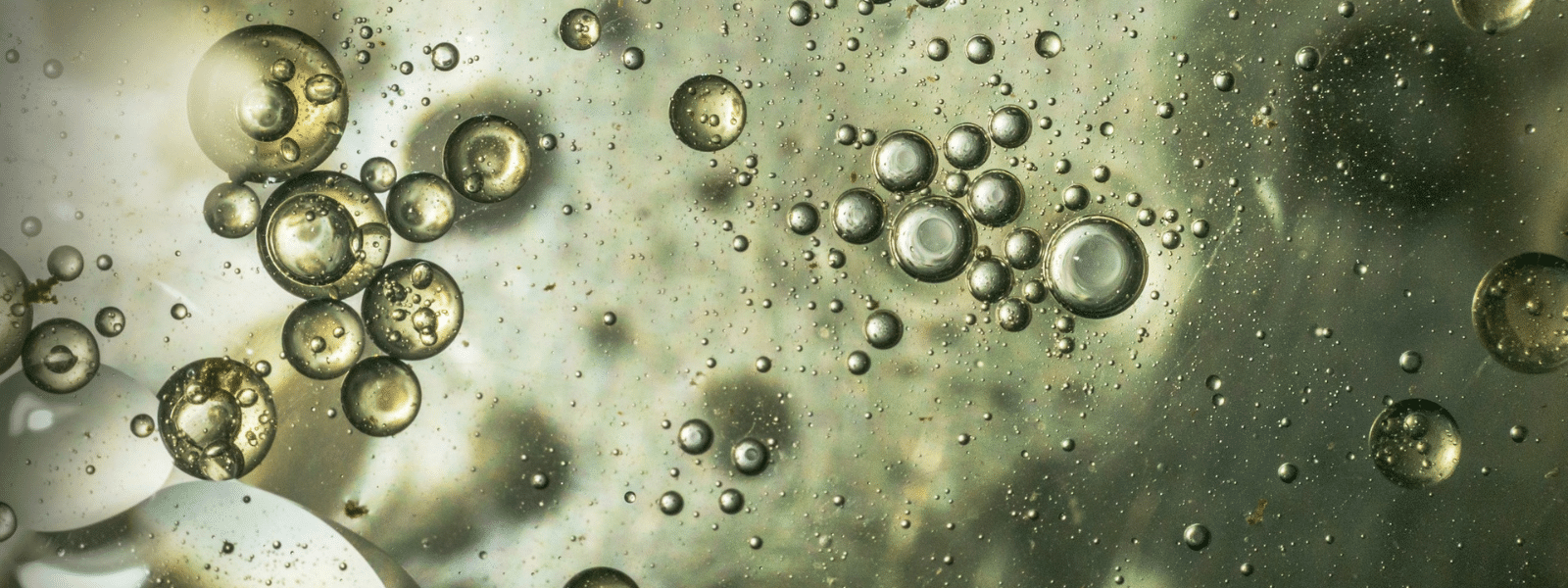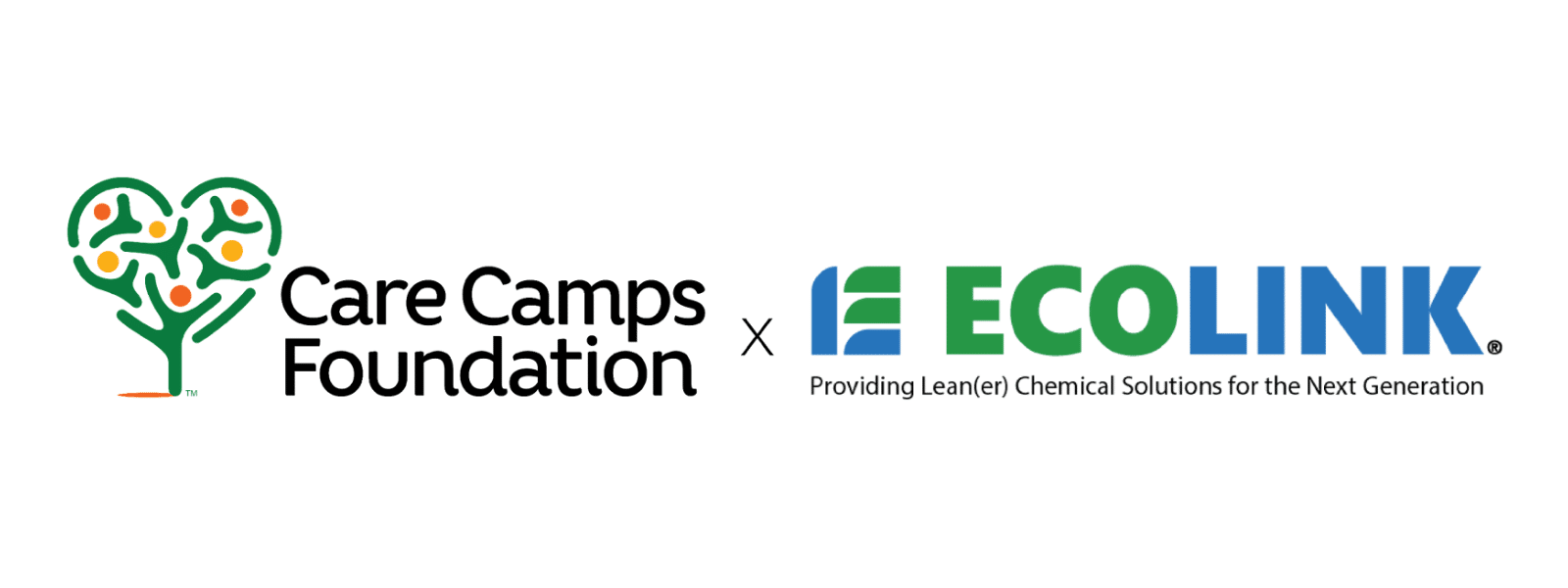There are several reasons why an organization could need precision cleaning solvent substitutes, such as Environmental Protection Agency (EPA) measures that regulate toxic chemicals, new business practices that involve new cleaning needs, recent discoveries about environmental dangers of a particular solvent, or simply the need to reduce solvent cost.
Regardless of why an organization needs precision cleaning solvent substitutes, there are six crucial steps for selecting the right solution. Taking the steps below helps ensure that you choose the right “drop in” solvent substitute for your precision cleaning requirements.
- Identify Materials That Need Cleaning
First, you need a solvent substitute that won’t harm the materials you clean. This can be a bit challenging if you’re cleaning a part that includes multiple materials, such as metal, plastic, and rubber — and may even include different classes of these materials. After identifying a solvent that’s safe for the materials you need to clean, it’s time to progress to step two.
- Identify Soils That Require Removal
Most industrial solvents are formulated for general cleaning or removing specific types of accumulations, such as grease, dirt, rust, adhesive residue, and the list goes on. If you can’t find a solvent that removes all applicable soils, there are two options: Use more than one solvent for the cleaning operation, or formulate a custom solvent that does the job in a single application.
- Consider Parts Washer Specifications
If your precision cleaning operation uses a parts washing system, your solvent substitute should conform to the requirements of the washing system. You can often find information about solvent compatibility in the owner’s manual for a parts washing system. If you need assistance choosing a compatible solvent, contact Ecolink; we can help.
- Assess Solvent’s Overall Safety Profile
You want a solvent whose formulation isn’t toxic to humans or the environment. The EPA continues to ban and severely regulate toxic solvents, and such solvents can reduce worker productivity due to negative health effects. Choosing an “environmentally safe” or an “environmentally prefered” replacement solvent is the best option.
- Review Packaging and Supply Options
Can you receive the solvent in the type of container you need (e.g., aerosol, drum, spray bottle, etc.)? Can you receive orders in the size you need on the schedule you require? Because they affect how solvent is deployed and how much reserve solvent you can purchase in a single order, these basic questions are important to answer before you choose a solvent and a supplier.
- Request a Free Test Sample of Solvent
If you order precision cleaning solvent substitutes from Ecolink, you have the option of receiving a free test sample of the solution. This lets you see if the new solvent you plan to use is truly a “drop in” substitute for your cleaning operations. After you see how well the solvent performs, you can order it with confidence in any supply size you choose.
Need a New Precision Cleaning Solvent?
If you need precision cleaning solvent substitutes, get the substitution process rolling by calling Ecolink at 800-563-1305, or send us an email through our contact form. We specialize in providing stock solvents and custom solvents that fit our customers’ requirements perfectly. For assistance with selecting the best substitution, contact us today!





